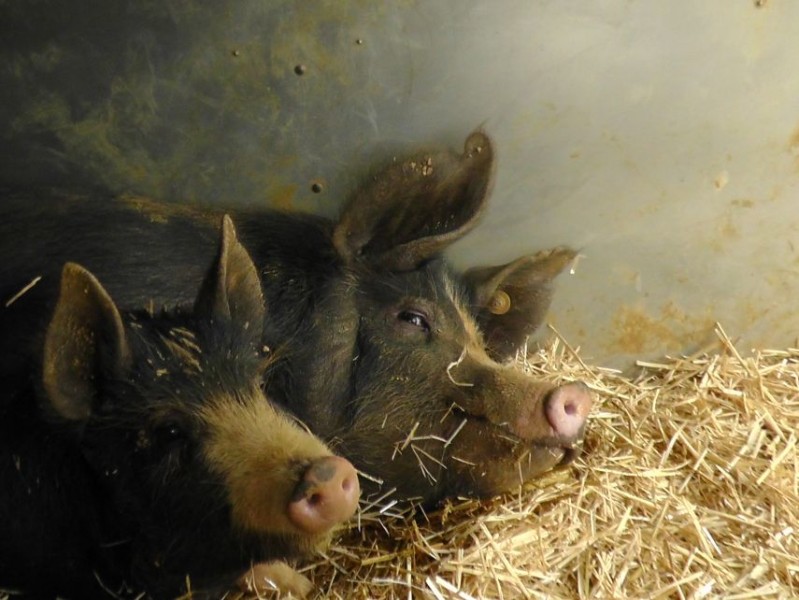
Steph Dagg, owner of Notaires carp lake in France, explains their plans to expand the non-carping side of their business.
As our previous visitors to Notaires will be aware, we are building up an old style farm with a selection of animals (ok they didn’t have llamas on an old fashioned farm but that is another story). Currently we have llamas, alpacas, sheep, turkeys and chickens (and pets such as a dog, some cats and guinea pigs). Now we are planning to expand into old breed pigs. In preparation for this I attended a pig experience day held in Poitou-Charente by David and Lorraine at Le Logis old breeds farm (www.lelogisfrance.com) . Prior to this course I hadn’t been closer to a pig than the supermarket meat counter.
It was an old fashioned drive across France (I say old fashioned because the centre of France has no east-west motorways, so it was a case of travelling from town to town like England in the 1960s). It took 3 ½ hours to drive 150Km west to Poitiers and then 30 minutes to drive the last 60km south on the motorway) to arrive at the pretty Charentais farm. After coffee and introductions we went out to get hands on experience, starting with feeding and welfare. We tiptoed past one of the farrowing stalls where one of the sows had given birth to a litter the previous night. Lorraine explained how critical the first 24 hours were to the welfare of the new litter.
We first met the Berkshire pigs that Le Logis is becoming famous for and it was immediately obvious that these animals were a cut above the cows and sheep that I had met before. The pig is rated the 4th most intelligent in the animal kingdom, only behind chimps, dolphins and elephants. The Berkshires trotted over to greet us, vocalizing amiably (it would be an understatement to justsay grunting like in a childrens story). They tucked into their food and played around with the buckets afterwards. Lorraine explained that they loved to play with toys and that an overweight pig could be slimmed down with a toy that had some treats concealed within.
We topped up their shelters with straw and I was amazed at how clean and tidy they kept their sleeping quarters. I know some teenagers who could learn a thing or two from them (mentioning no names).
Lorraine talked us through the various breeds that they have at the farm, not just Berkshires but Gloucester old spots and the rather fetching Oxford Sandy and Black, also known as the Plum Pudding pig!
All too soon it was time to drive back to Notaire’s but with plenty of time for planning where to raise the pigs; in the wooded section below the house lake where they could have a very naturalized life or should we use them to turn over the cereal field next to house where we could spend more time with them. Watch this space and I will keep you posted on our progress.

No comments:
Post a Comment